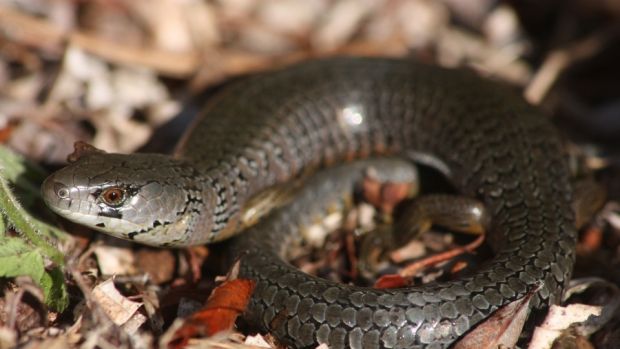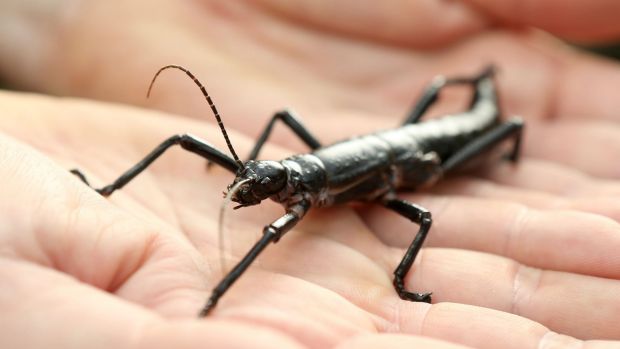December 4, 2024
The Ebiil Society: Champions of Palau
Ann Singeo, founder of our partner organization the Ebiil Society, shares her vision for a thriving Palau and a flourishing world of indigenous science!
We use cookies to help you navigate efficiently and perform certain functions. You will find detailed information about all cookies under each consent category below.
The cookies that are categorized as "Necessary" are stored on your browser as they are essential for enabling the basic functionalities of the site. ...
Necessary cookies are required to enable the basic features of this site, such as providing secure log-in or adjusting your consent preferences. These cookies do not store any personally identifiable data.
Functional cookies help perform certain functionalities like sharing the content of the website on social media platforms, collecting feedback, and other third-party features.
Analytical cookies are used to understand how visitors interact with the website. These cookies help provide information on metrics such as the number of visitors, bounce rate, traffic source, etc.
Performance cookies are used to understand and analyze the key performance indexes of the website which helps in delivering a better user experience for the visitors.
Advertisement cookies are used to provide visitors with customized advertisements based on the pages you visited previously and to analyze the effectiveness of the ad campaigns.
Looking to make an impact this Earth Month? Here’s how.

Some endangered species get more attention than others, but Zoos Victoria knows that all are in need of conservation.
Lesser known Australian native species may not look like the flagship species that everyone is fighting to protect, but Zoos Victoria is working hard to save them from extinction. Environmental minister Lily D’Ambrosio noted:
In Australia, 28 percent of frogs are threatened with extinctions.
Zoos Victoria will be conducting research to better understand the species’ breeding habits and responses to the effects of climate change—information which will help conservationists recover populations and mitigate declines. There are also plans to create a cryopreservation facility where they DNA of endangered species can be stored in a final effort to prevent extinction.
One species conservationists at Zoos Victoria are trying to protect, the Baw Baw Frog, is endemic to the Mt. Baw Baw plateau and is considered to be Critically Endangered. This species has been on the decline for almost 30 years and researchers are concerned that without conservation efforts, the species could become extinct in the next few years.

The Alpine She-oak Skink is another native species that urgently needs conservation intervention. This species is of particular concern because of its limited range; it is only found at 1500m elevation and is currently only found in four locations throughout Victoria.

Although insects are not the first thing one might think of when it comes to conservation, they are vital to ecosystem health and it is crucial to prevent their extinctions. This is the case for the Lord Howe Island Stick Insect which is Critically Endangered. It was once thought to be driven to extinction by invasive black rats. However, in 2001, the species was rediscovered on a remote volcanic island near Lorde Howe, where there are no invasive rats. The Stick Insect is still considered to have critically low population numbers, but is being supported by a captive breeding program at Melbourne Zoo.

Although these species may not be widely-recognized, they are all critical species in their respective ecosystems and are currently at great risk of disappearing forever. Thanks to conservation efforts, there is hope even for these lesser-known species.
Featured photo: Lorde Howe Island. Credit: Percita
Source: The Age
Check out other journal entries we think you might be interested in.
Notifications